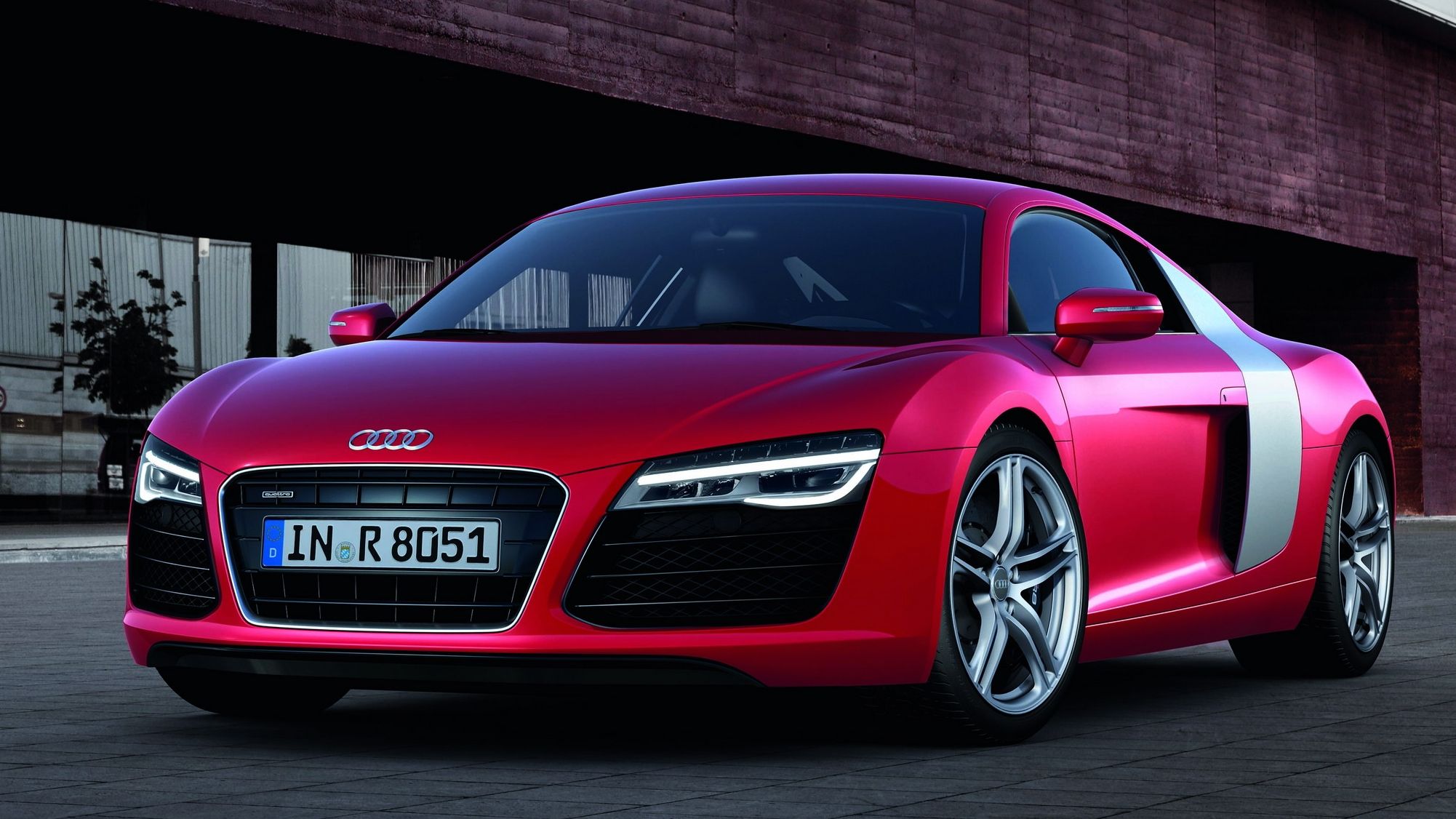While Audi->ke14 engineers are elbows deep into developing and testing the second-generation R8,->ke1440 the German manufacturer has moved supercar->ke177 production from its Neckarsulm factory to a new facility located in Bollinger Hofe, nearly four miles from the main plant.
Although it's only a quarter the size of the Neckarsulm site, the Bollinger Höfe facility now houses a small assembly line rolling out current-gen R8s. More importantly, it brings together various production areas that had been scattered around the Neckarsulm factory under the same roof, enabling Audi to assemble its supercars in a more straightforward process.
The move is part of Audi's recently announced plans to invest nearly $30 billion in its facilities worldwide by 2018. The Neckasulm plant, where the manufacturer builds the A4,->ke1087 A6,->ke934 A8,->ke1089 and the Q7->ke1083 SUV, is set to receive more than $800 million each year. "Our domestic sites are our backbone, and the investment in the Audi Böllinger Höfe is a significant milestone for the Neckarsulm site," said Dr. Hubert Waltl, Board Member for Production at Audi AG.
The new Bollinger Höfe plant also includes a state-of-the-art logistics center capable of handling 4,500 containers each day. Needless to say, the site is ready to begin assembly of the second-generation R8 as soon as development of the supercar is complete.
Click past the jump to read more about the Audi R8.
Why it matters
Having a state-of-the-art facility for a brand-new vehicle is as important as it gets, especially when we're talking about a supercar such as the R8. With a small-scale assembly line and all workshops under the same roof, production of the next-generation R8 will run much smoother, resulting in a faster assembly process and increased output.
Audi R8
Scheduled to hit dealerships for the 2016 model year, the second-generation R8 is still under development, with many details being kept under wraps as of October 2014. What we do know is that the supercar will share underpinnings with the brand-new Lamborghini Huracan, meaning it will be at least 100 pounds lighter than its predecessor. Expect a highly revised exterior with slimmer headlamps and taillights, and, as suggested by numerous spy shots, a flatter and slightly wider body.
Both the 4.2-liter, V-8 and the 5.2-liter, V-10 engines are being carried over with upgraded internals for increased horsepower and torque, and reduced fuel consumption and CO2 emissions. The transmission offerings are still up in the air, as Audi executives have made it clear that a manual transmission will likely no be offered due to low demand. However, no final decisions have been made on this front.

